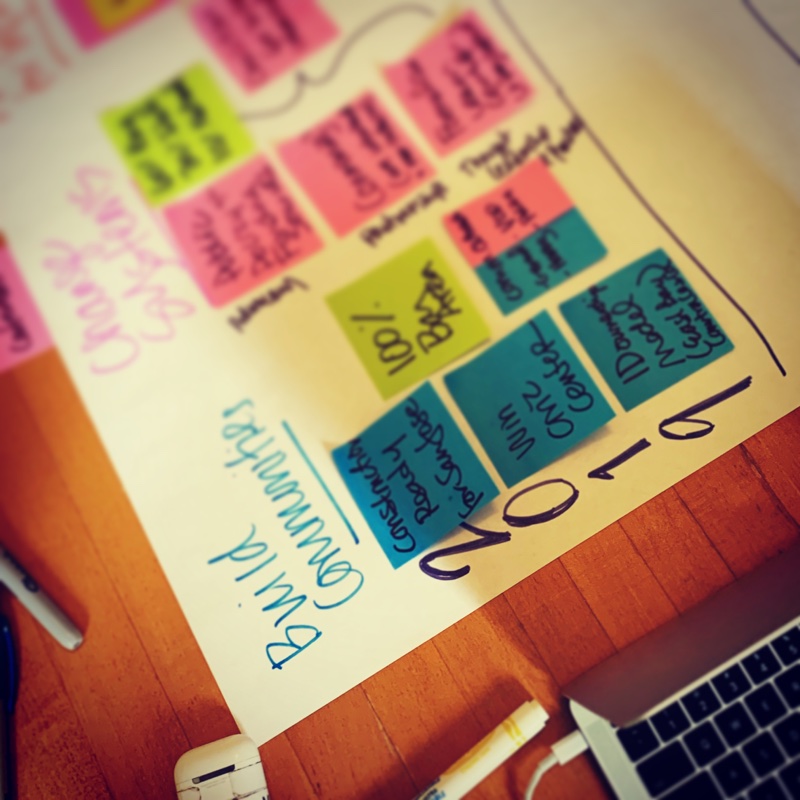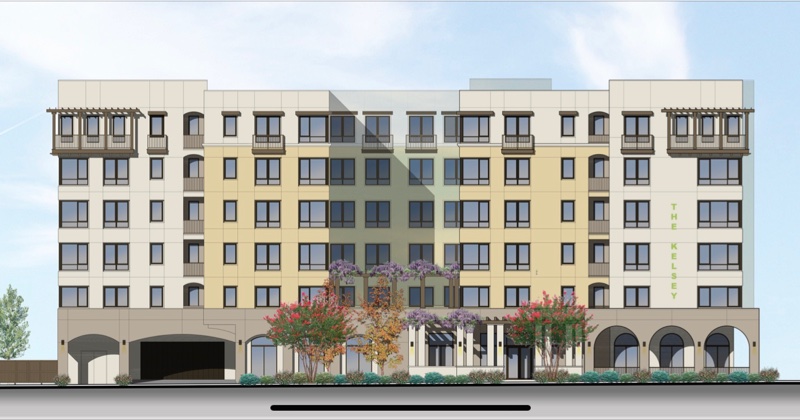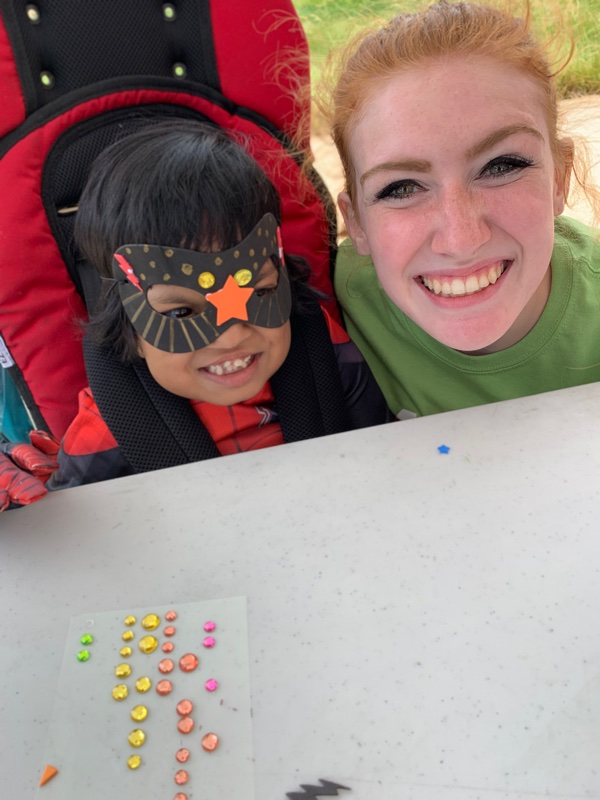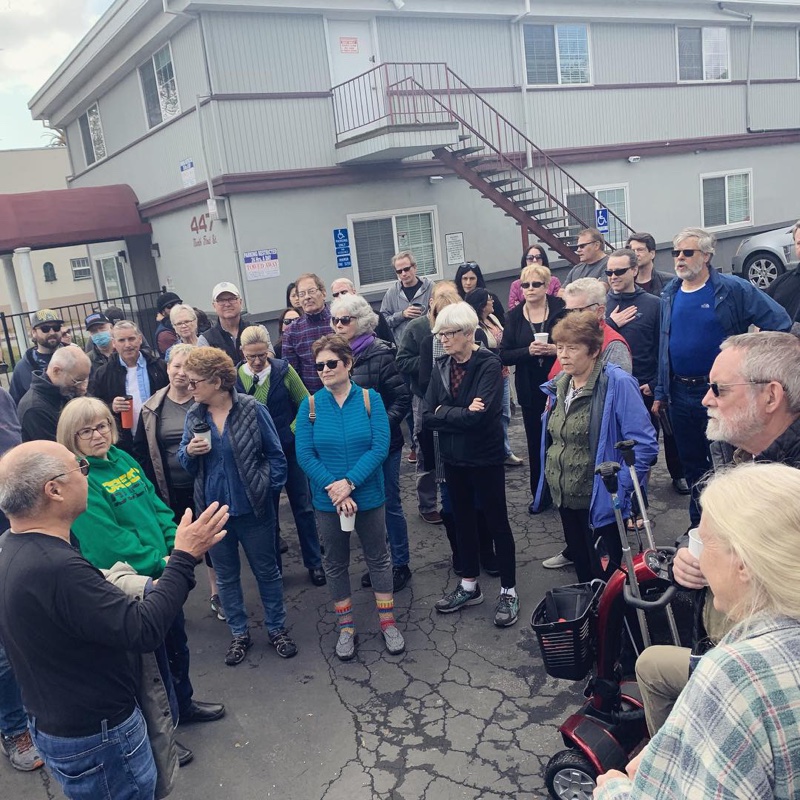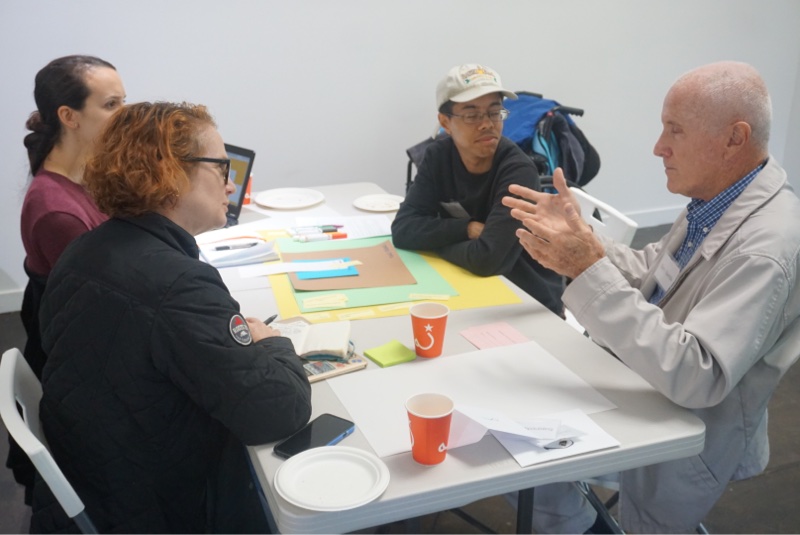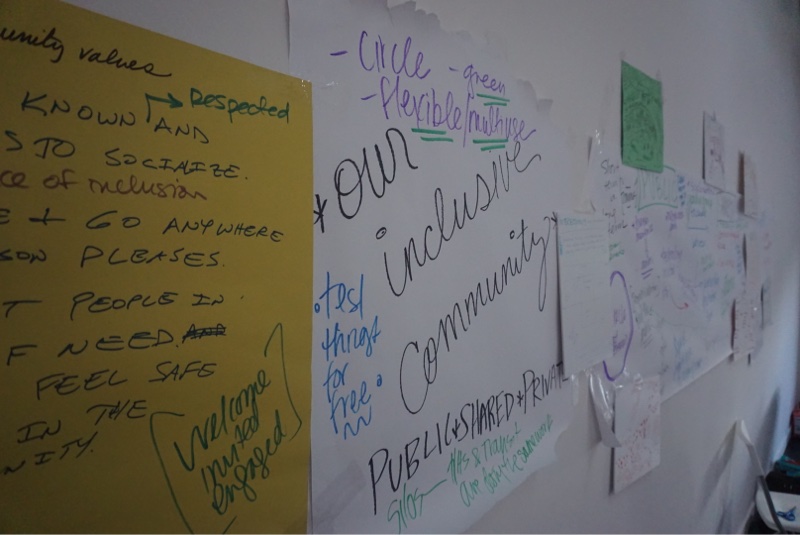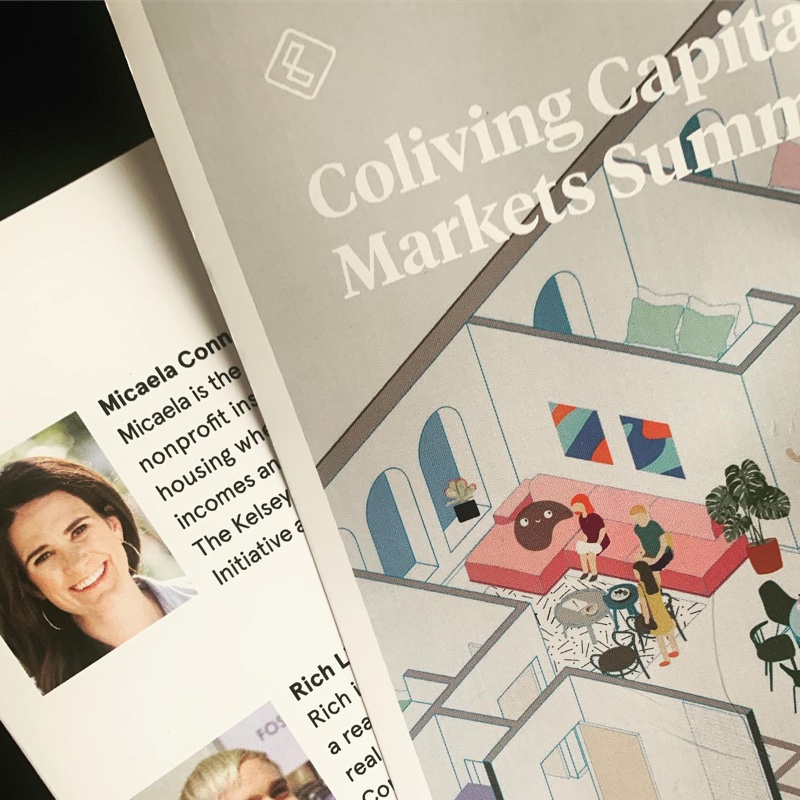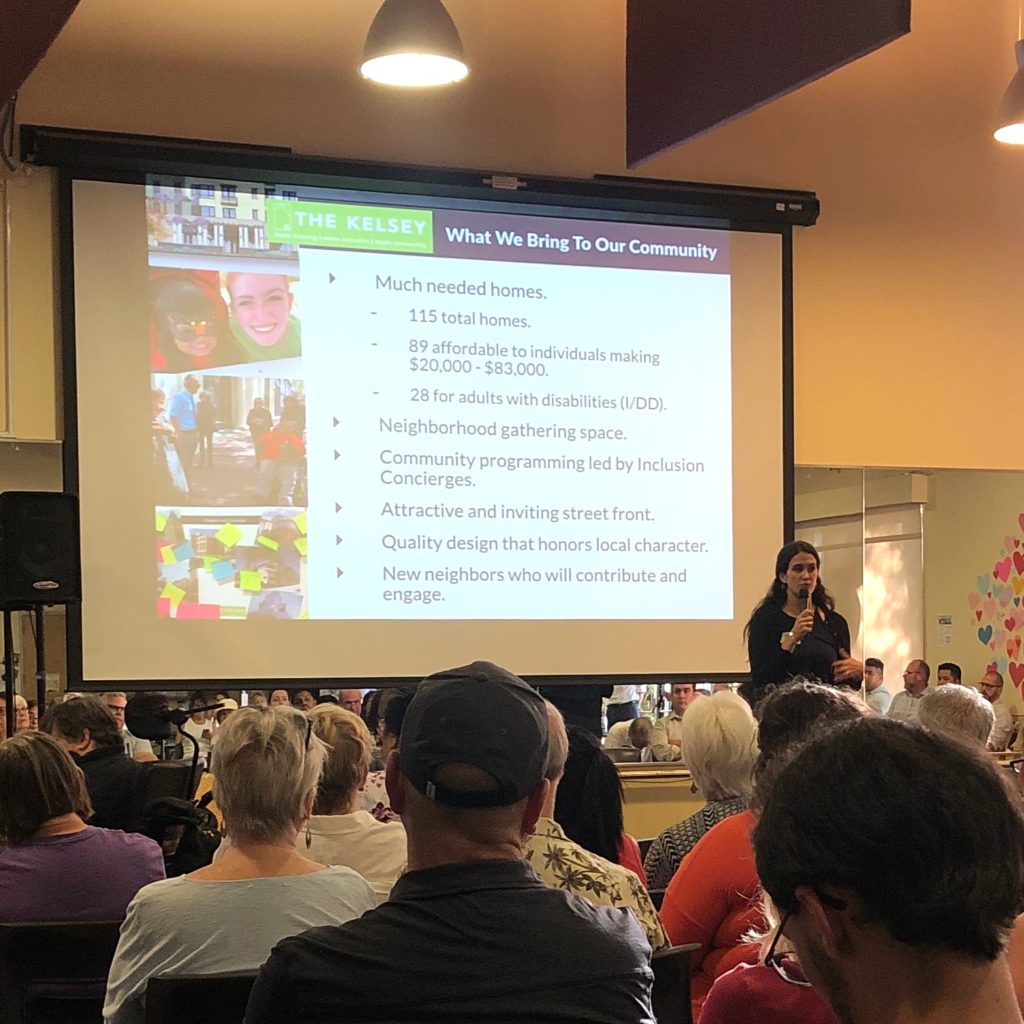This month marks two years since we made The Kelsey ‘official’. The work started a few years prior while a research fellow at the Joint Center for Housing Studies and incubated at the Harvard Social Innovation and Change Initiative. But, in September 2017 we filed documents and executed agreements to make our work official and got moving creating inclusive communities in the Bay Area and beyond. Two years, time flies!
Last night our team sat around a table at our favorite coffee shop in San Jose with community members — people of all incomes, abilities, and backgrounds. We were just a few blocks from The Kelsey Ayer Station. We brainstormed all the things that development could bring to the community, or provide to residents. We imagined art events and community gatherings, a place of culture, and connection. We talked about how residents would receive supports, and what types of programming would promote inclusion and connect neighbors to each other.
After almost 5 years of research focus groups and workshops, it dawned on me last night how real it all is becoming. We weren’t talking about a hypothetical community, an imaginary building, or a yet to be identified site. It’s now real faces in a community, an actual building, and a site with an address on Google maps.
It didn’t happen overnight. The last two years have included direct engagements with over 500 community members across the Bay Area and many more nationally and indirectly. We have raised nearly $1 million in philanthropy to advance our projects. Foundations like CZI and Kuni seeded our work, and generous individual donors have made our impact possible. The City of San Jose awarded our first project $11 million in funding. We’ve run more financial models than we can count, engaged dozens of experts and consultants, and sought advice from leaders in our field. Lawyers have helped our organization pro bono and we’re building an internal infrastructure to create a company that can last. Our team and our board are growing. And… this doesn’t even mention some super exciting announcements coming in the weeks ahead.
Still, the listing of tasks and milestones isn’t what it’s all about. What keeps me up at night are the entrenched challenges within the housing and disability justice sectors.
How do we build stronger bridges between disabled advocates who rightfully call for independence and autonomy and family members who are concerned about care and safety? Their perspectives aren’t insurmountably far apart, and unless we align voices and strategies, we won’t have the cultural and political wins our community needs and deserves.
How do we make housing development work better and work for people at the margins who fall through the cracks, especially those at the lowest incomes and at the middle incomes? A confluence of factors slows and restricts the development process and many policies, and public funding sources today don’t support housers to serve these individuals. This makes inclusion harder in our communities. How do we take risks and promote innovation in fields — like housing and disability — that is strongly regulated? We live in a time where entrepreneurs are doing exciting things for many communities but regulations designed to protect people and prevent exploitation may limit entrepreneurial impact around the issues where new ideas are most needed. These are solvable issues, but they’ll continue to take time and effort by The Kelsey and the organizations and people we partner with. As we advance our first projects and continue the ongoing policy and organizing efforts, we keep critical social change issues like these front of mind.
“An agitator brings the grievances of specific individuals or groups to the forefront of public awareness. An innovator creates an actionable solutions to address these grievances. And an orchestrator coordinates action across groups, organizations, and sectors to scale the proposed solution. Any pathway to social change requires all three.” SSIR
Professor Julie Battilana has made a career studying social impact. We think about her agitator, innovator, orchestrator framework often. It’s these three things we’ve been working to do over the last year and will continue to do for many more to come. We agitate to remind policymakers, funders, partners, and sector leaders of the ways people with disabilities are left out of our communities, and the very real consequences to come if inclusion isn’t supported. We innovate to design new funding models, development strategies, partnership structures, and housing concepts that can make inclusive community a reality. We orchestrate partners across sectors and industries to support a shared vision for inclusive housing and a more inclusive future. This framework means something special to me, when I think of Kelsey. She was the ultimate agitator who never let people go when she wanted something, innovator who made a way when people thought it wasn’t possible, and orchestrator who brought people and communities together wherever she went. She began it all, and we’ll keep doing more in her honor.
This work is only beginning and we’re so grateful for each of you who make more possible with us yesterday, today, and tomorrow. Onwards!

